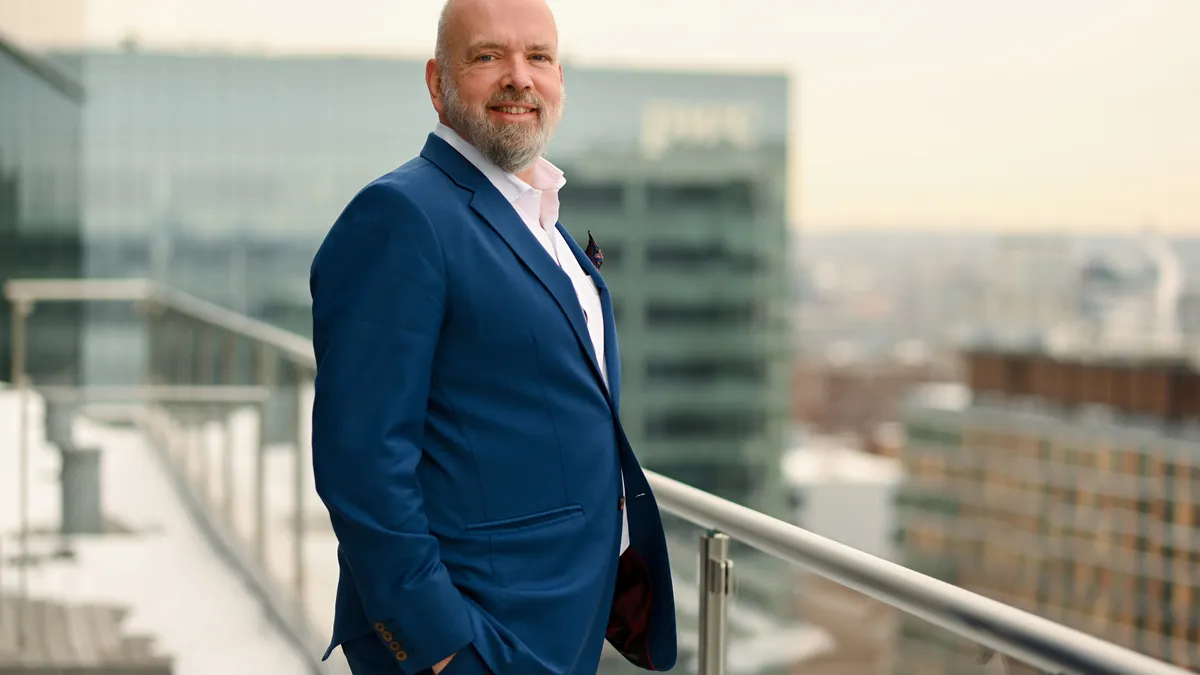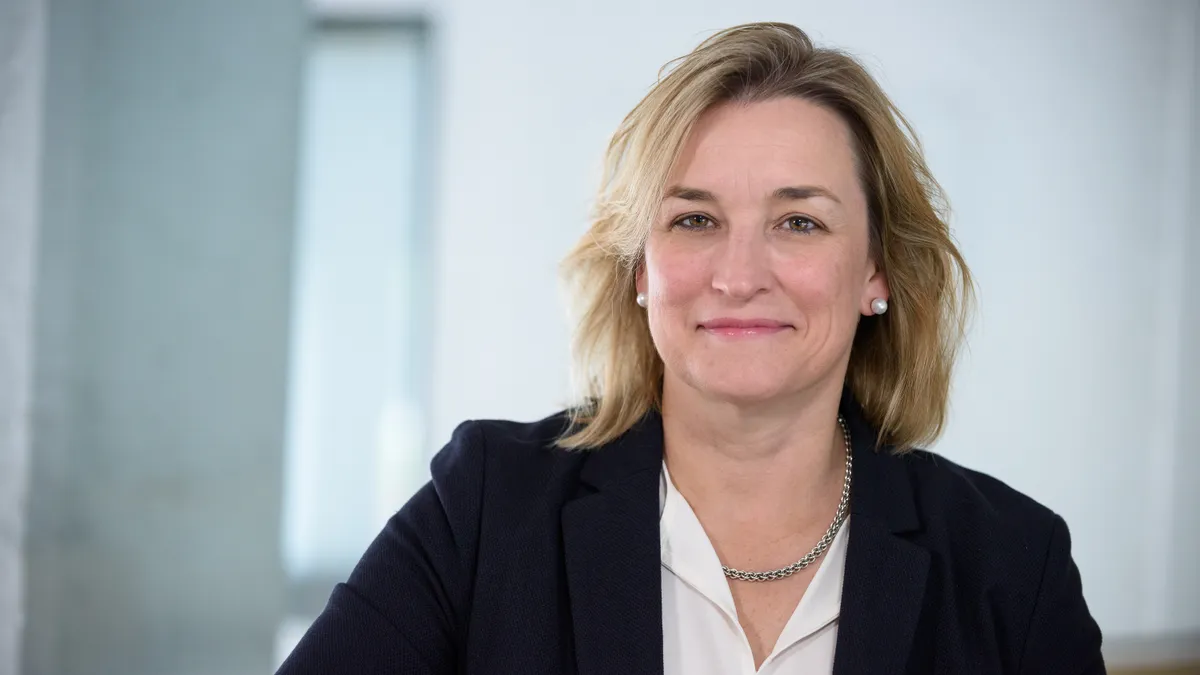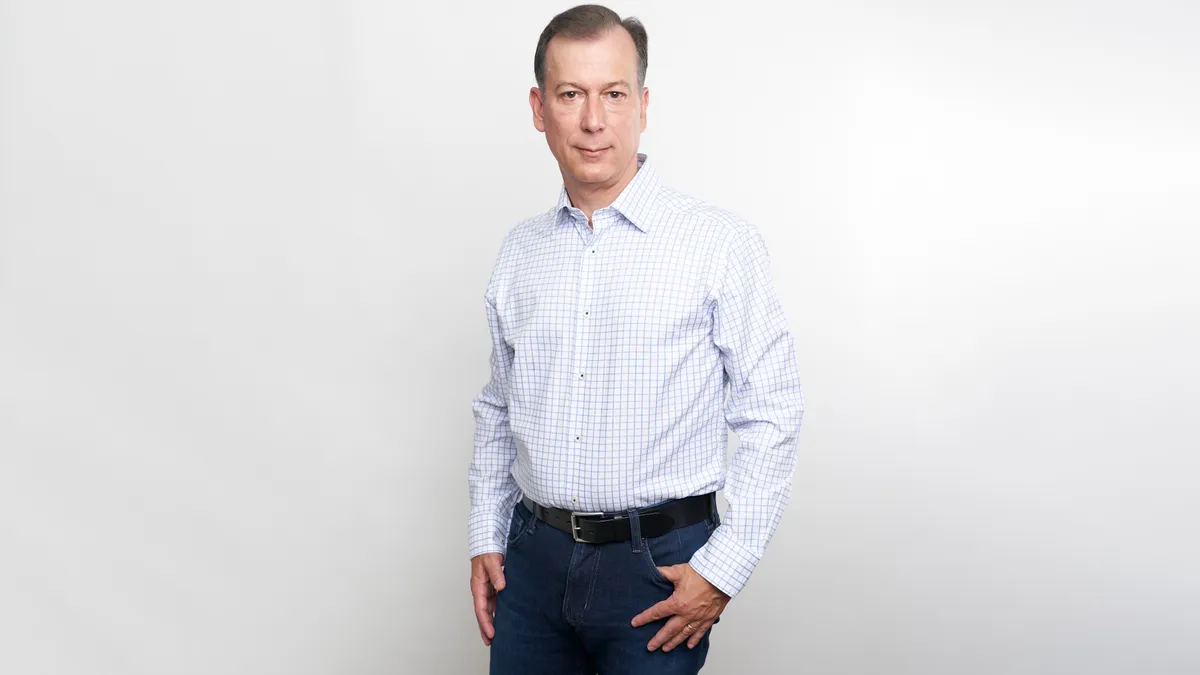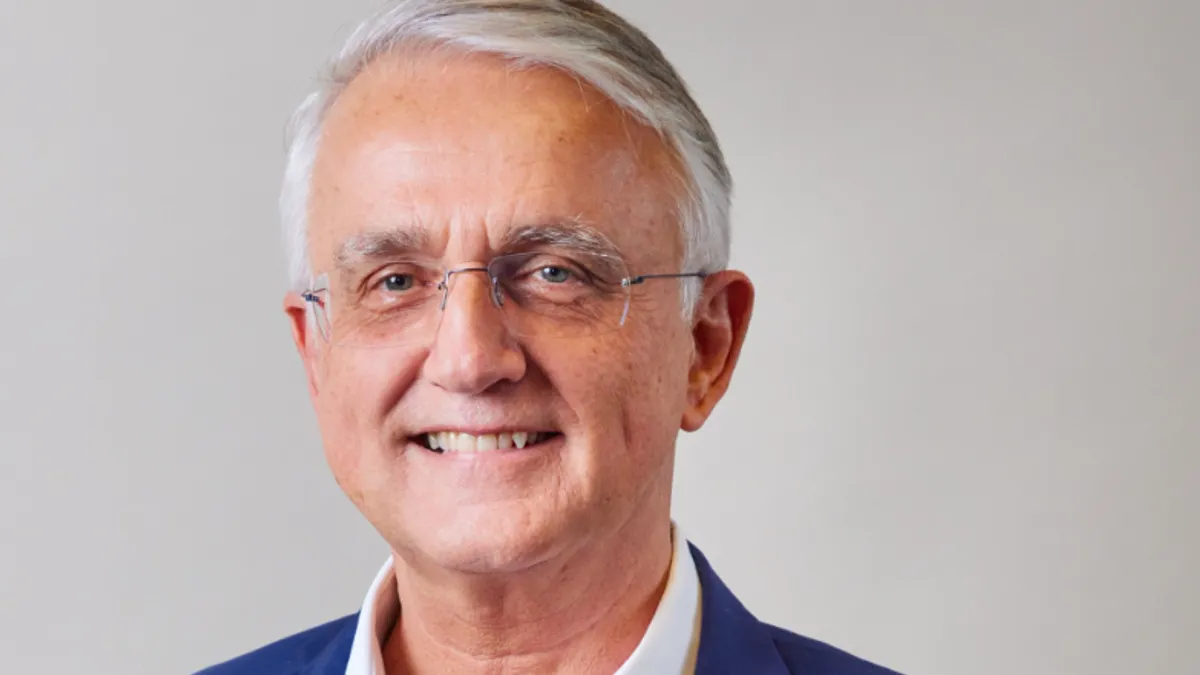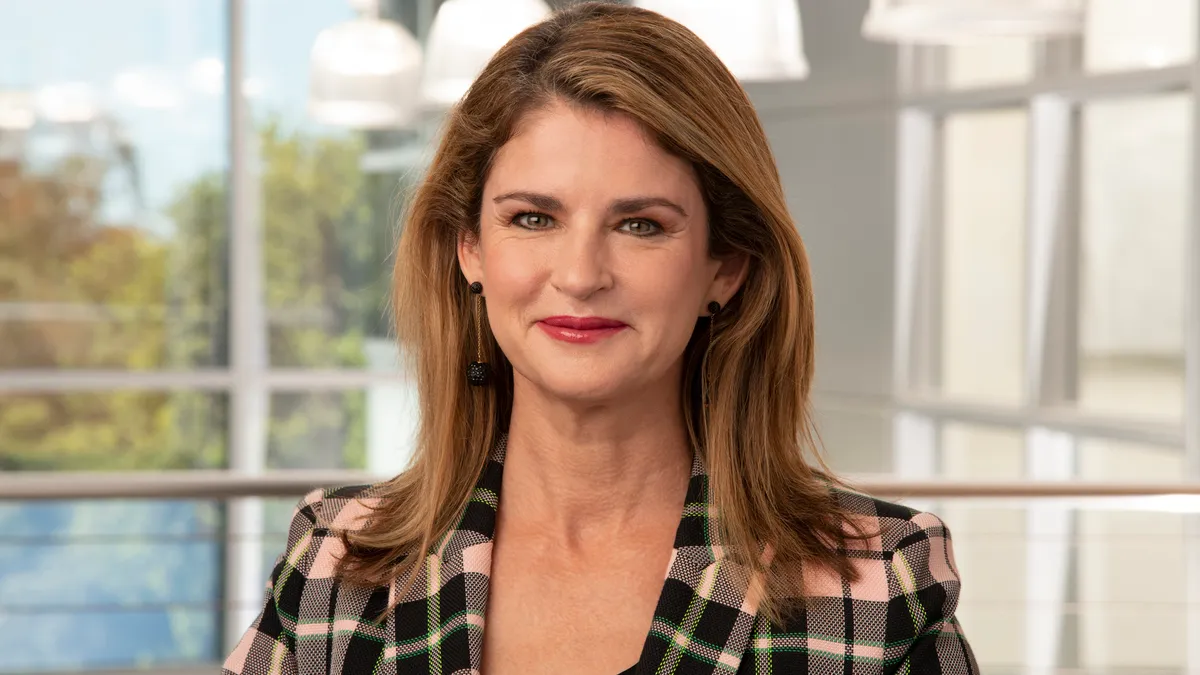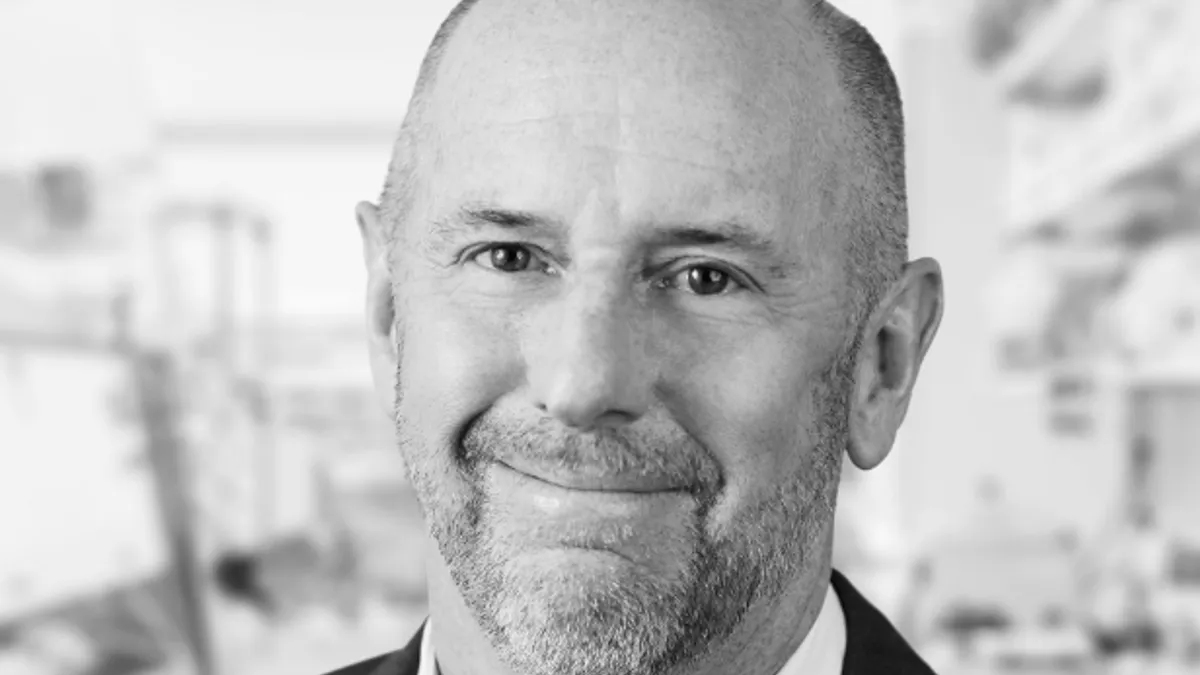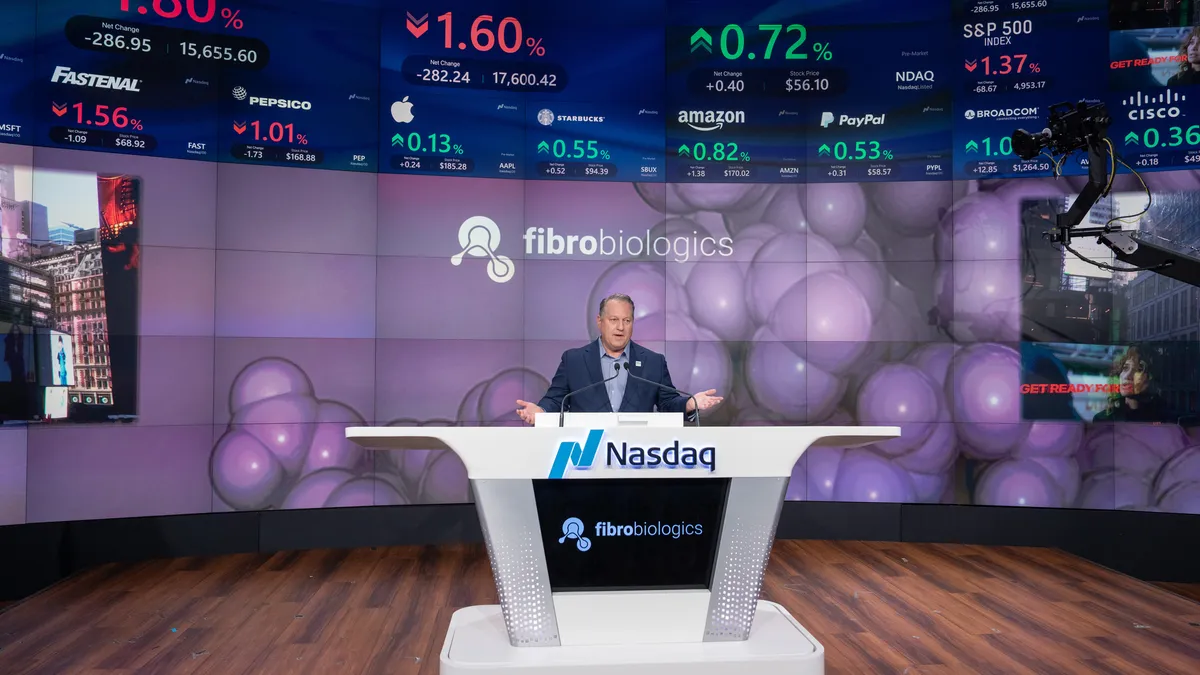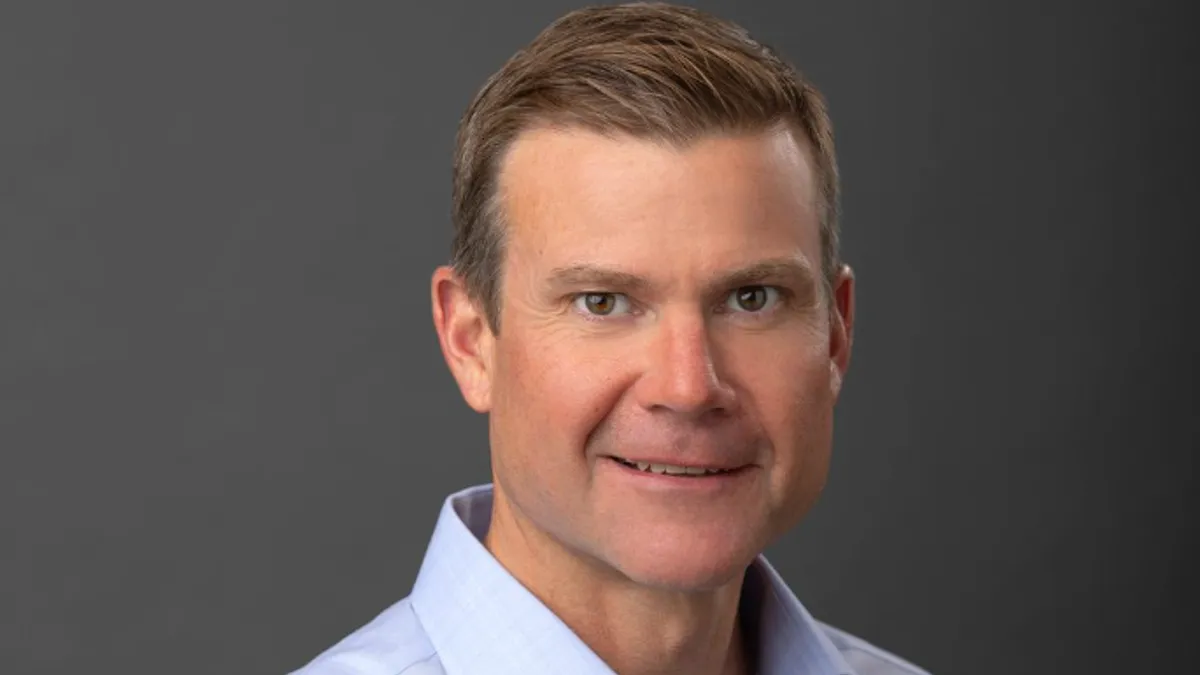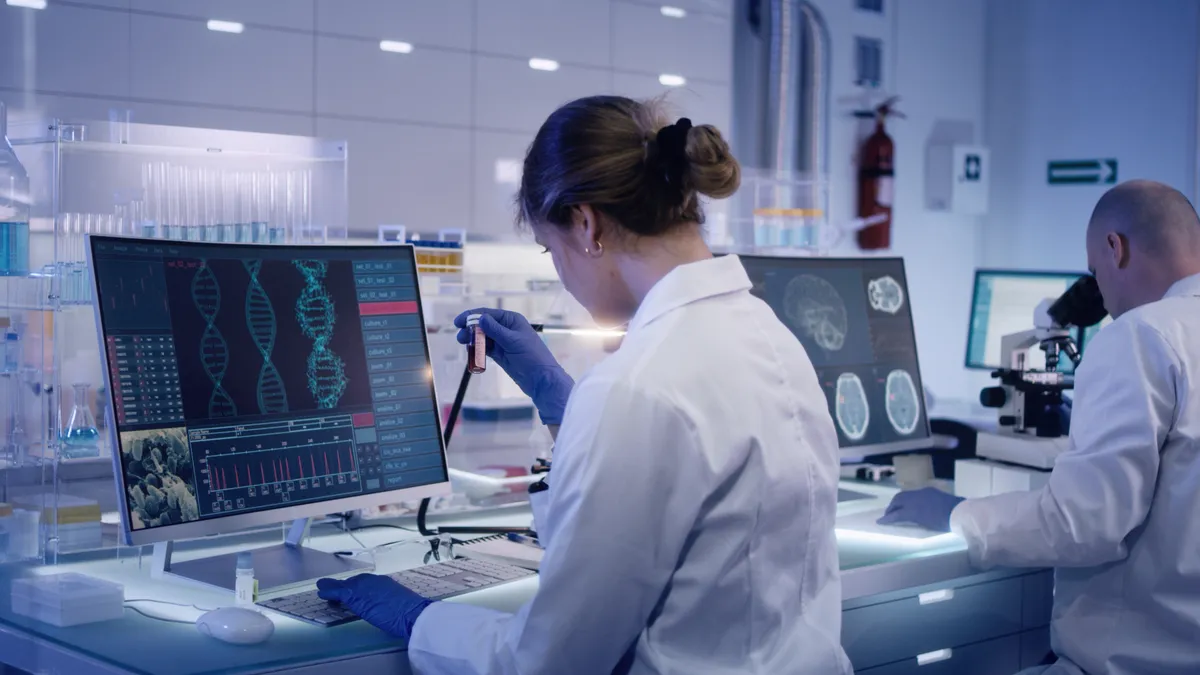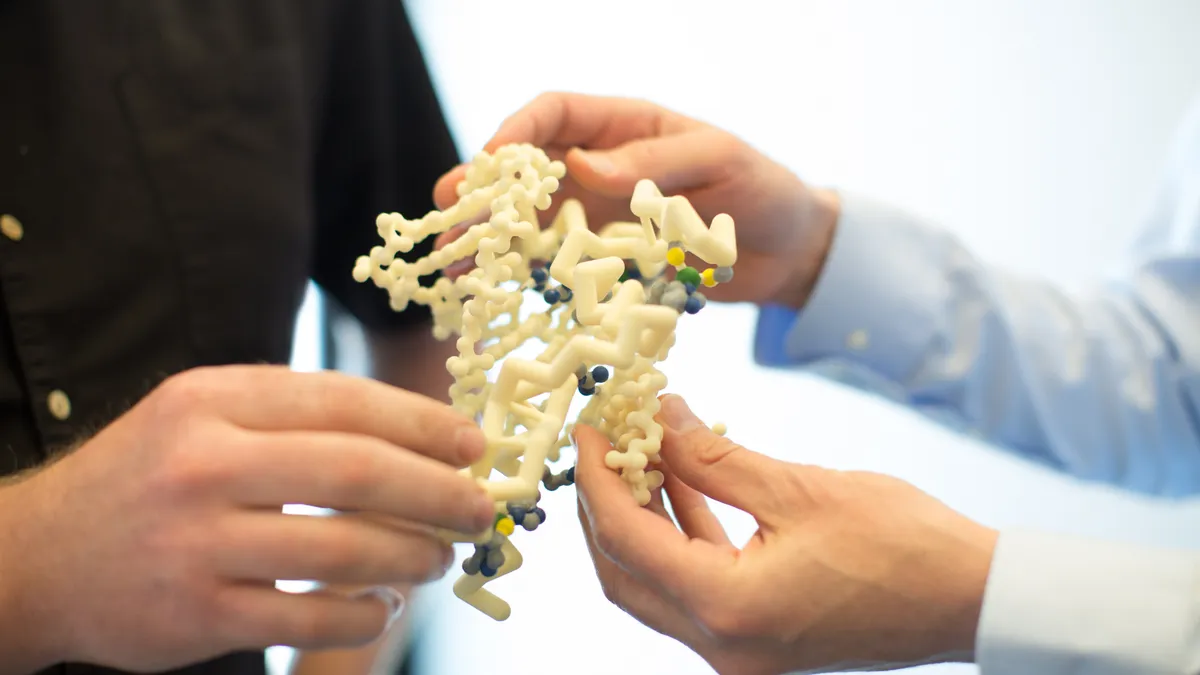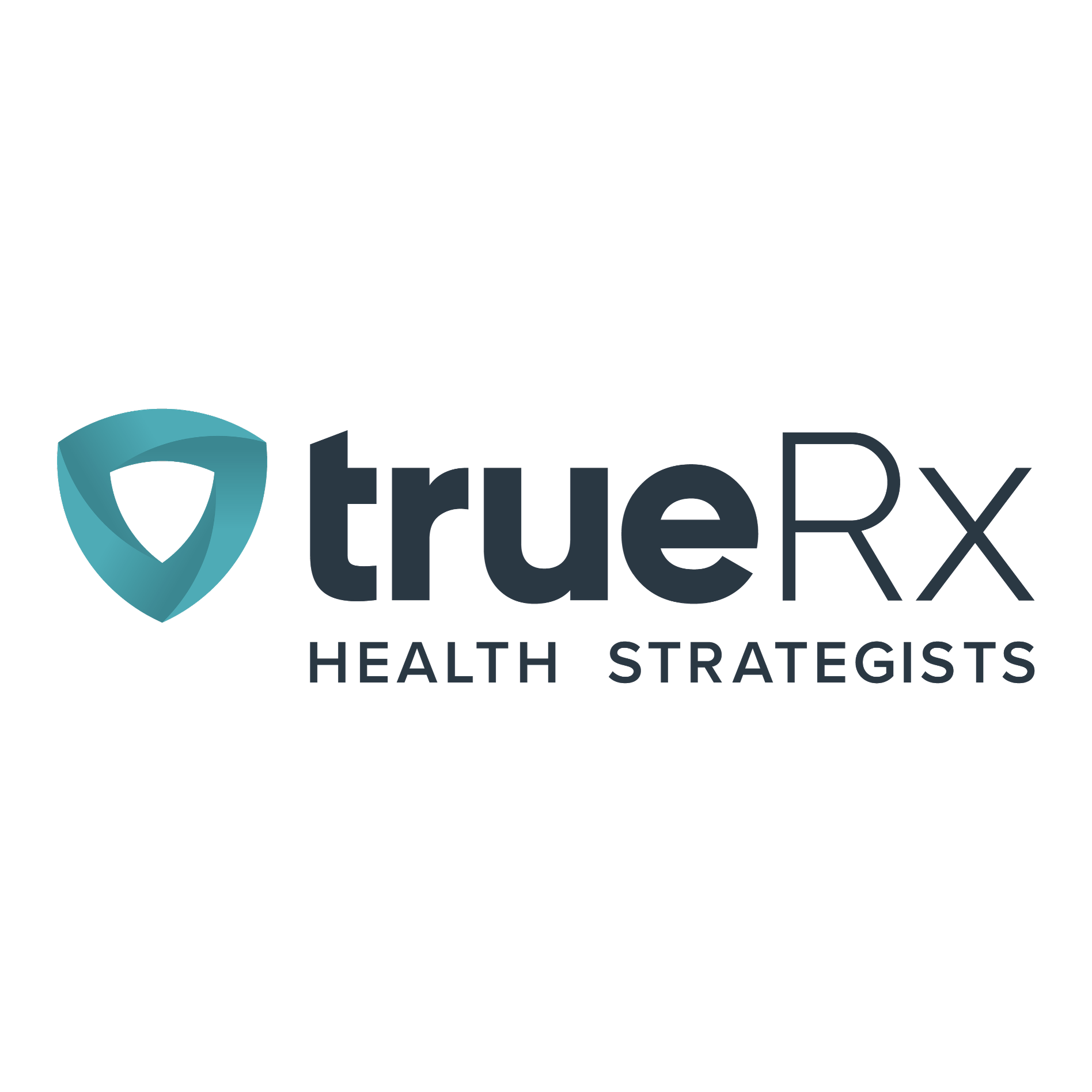Welcome to today’s Biotech Spotlight, a series featuring companies that are creating breakthrough technologies and products. Today, we’re looking at Cullinan Oncology, a clinical-stage company with a non-small cell lung cancer drug in phase 2 and several more assets in the tank.
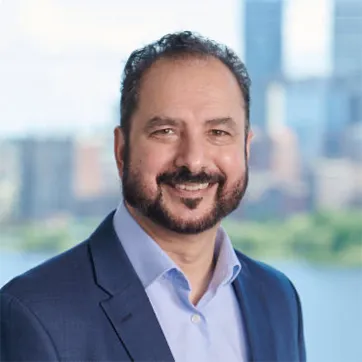
In focus with: Nadim Ahmed, CEO, Cullinan Oncology
Cullinan Oncology’s vision: A biotech with a non-small cell lung cancer (NSCLC) drug in late-stage trials and a sizeable scaleup in the works, Cullinan Oncology is betting it all on science. Since Nadim Ahmed joined as CEO last year, the company has doubled its workforce and taken the first steps toward becoming a commercial enterprise. Now, the big push is to carry a diverse set of molecules through clinical trials at a time when biotech investment is a little scarce.
But for Ahmed, the science stands for itself.
"It's now an opportunity for companies in a tougher market to think about what the most promising assets in their pipelines are."

Nadim Ahmed
CEO, Cullinan Oncology
By the end of the year, the company plans to have six programs in the clinic. Cullinan gained two FDA IND clearances since the beginning of the year, with a focus on bispecific antibodies. And its phase 3 trial of zipalertinib in NSCLC kicked off earlier this month.
“Continue to be bold, and continue to invest in your programs,” Ahmed said. “Don’t try to save your way to prosperity or take on the things that are mediocre — we owe it to patients and investors, and shouldn’t let a temporary economic cycle change our fundamental purpose.”
Here, we spoke with Ahmed about Cullinan’s platform-agnostic approach, navigating the complex funding environment and how he and his team choose which molecules to pursue.
This interview has been edited for brevity and style.
PHARMAVOICE: What are the biggest challenges facing the oncology space right now, particularly when it comes to funding and supporting R&D-focused companies?
NADIM AHMED: Progress in science marches on independent of Wall Street. Let's just establish that first. At the same time, however, there are financial constraints due to what's going on in the capital market. Access to capital has been tougher. Cost of capital is expensive. But if you've been doing this long enough, you see the economic cycles and machinations. For me, the future of science has never been brighter, and especially in oncology, we've seen massive innovation, including cell and gene therapies, next-generation kinase inhibitors, bispecific antibodies, biologics in general. While there is the short-term drag in terms of the finances required to progress, the science itself has never held more promise.
What should biotechs do to stand out in that kind of environment?
It's now an opportunity for companies in a tougher market to think about what the most promising assets in their pipelines are. Maybe focusing on one promising asset, as opposed to financing three marginal assets — that's one way we can be better custodians of the resources provided to us. And then thinking about bringing forward those things that are going to be transformational as opposed to incremental in the space that patients demand of us. More than ever, there's much less space now for ‘me too’ products, and I think we need to do better. The other thing about oncology is, there's still a lot of unmet need out there, despite the advances. The unfortunate fact today is that most patients that are diagnosed with metastatic cancer, especially a solid tumor setting, are likely to die of their cancer, so we must do better.
How do you separate the funding from the science when they are rather codependent?
Even as tough as the market is currently, if you have truly innovative breakthrough science, the dollars are actually there. What we’re seeing now is that investors are just much more discerning in where they want to invest. Eighteen months ago, we were seeing a large in-flow of capital based on preclinical data — now we’re in a world where the bar is much higher. If you have the product offerings and you have the science, you will get the investment, but it does mean that you have to be that much more discerning about your pipeline and going for those treatments that are going to make a big difference rather than an incremental one.
Having doubled your workforce in less than two years, what happens to a smaller company that scales up that quickly?
A couple of the biggest benefits of working in a smaller organization compared to some of my previous experience is you get to make decisions more quickly because you have, quite frankly, fewer committees to deal with. There, we’ve had a massive advantage in terms of speed of execution and decision making. We know patients are not going to wait for us to sort out our internal processes. But our ambition is to ultimately become a commercial-stage biotech company, and we have an approach that is target first, modality second, which is the other way around from many of our peers. That means we’re not dependent on a single platform. That gives us a very diversified pipeline with multiple shots on goal — if one fails, that is independent from the rest of the molecules, and we’ve gone from one program in the clinic to six.
You make that sound like a very go or no-go decision on molecules. How do you deal with the gray area decisions when you need to make a difficult choice?
There are always difficult decisions. What the team has done is not move the goalposts. If you do that, then it becomes very difficult to deliver on what you started out delivering. So we try to be disciplined and drop programs to move on to something else. We’ve done it many times. If you’re truly in that gray area and you have to make a decision without moving the goalposts, you have to weigh that up against the best of what you have in the rest of your portfolio. We try to turn that grade to as binary as we can, and I think we’ve done quite a nice job on that.
As a smaller company, are there resources you wish you had that you’ve seen at the bigger companies you’ve been a part of?
You have to roll your sleeves up because there’s nobody else to do it for you. Part of the benefit is that when you’re able to do that in a smaller company, people have broader roles and roles where they can see the immediate impact of their work. Sometimes in very large organizations, it’s hard to see the impact of the work you’re doing. It takes a while to move the ship.



















